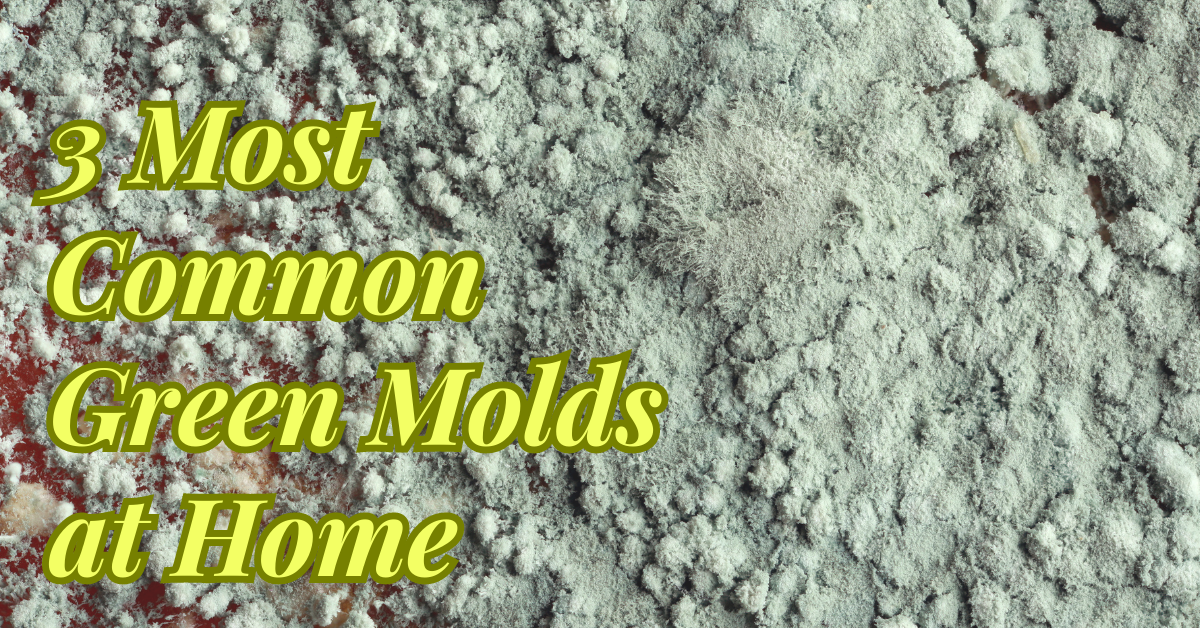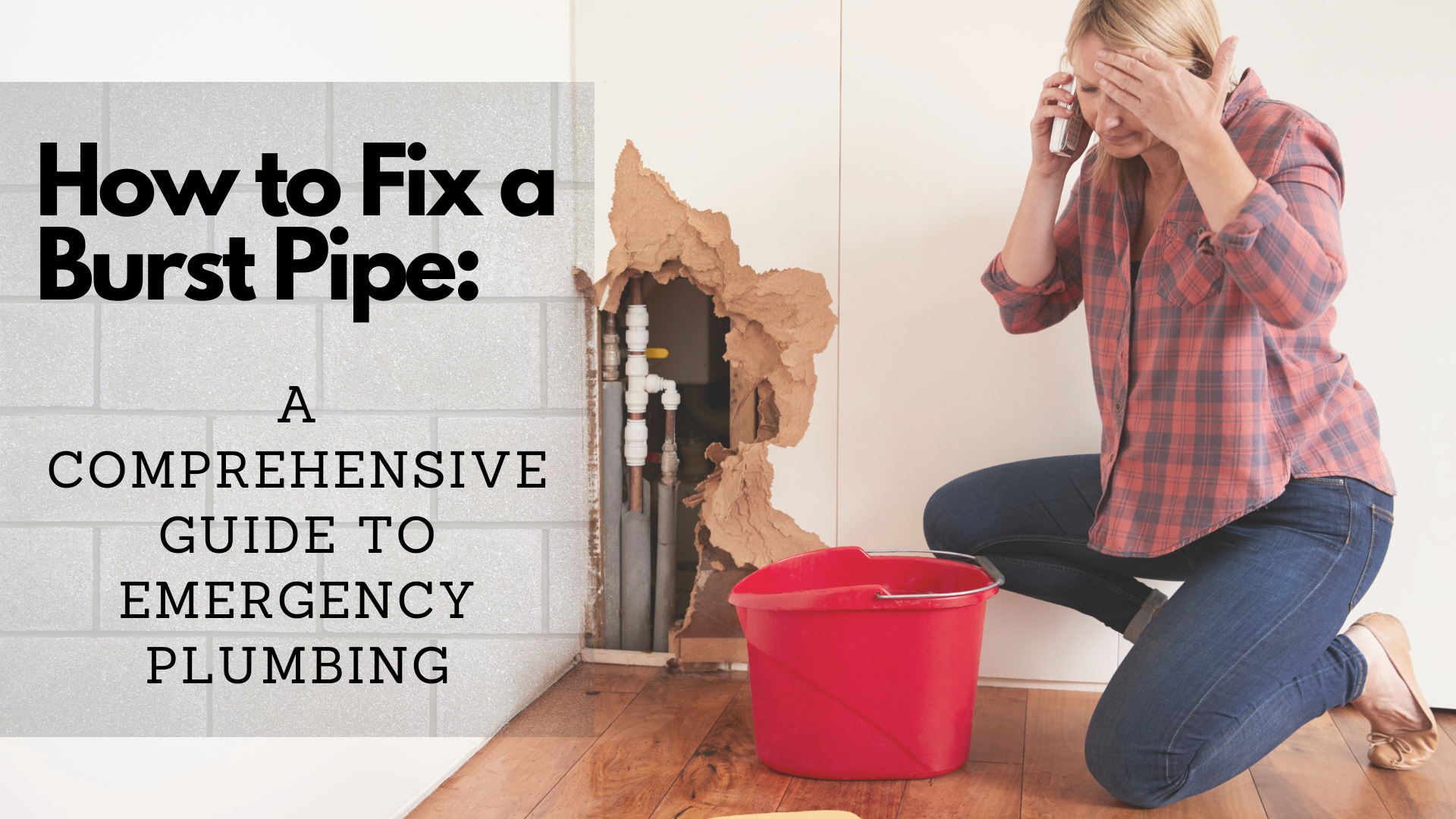 Mold has a wide range of colors and textures and they are all confusing. But, whatever type of mold we have on our planet, be it black, white, or green molds– all have spores. All are types of fungi. All types grow in moist or damp areas, feed on organic matter, reduce property value, and can be a health threat.
Mold has a wide range of colors and textures and they are all confusing. But, whatever type of mold we have on our planet, be it black, white, or green molds– all have spores. All are types of fungi. All types grow in moist or damp areas, feed on organic matter, reduce property value, and can be a health threat.
Many homeowners ask about a particular color of mold. Please read on to learn more about GREEN MOLDS that grow at homes.
What are green molds?
Green molds are not specific names and refer to various species of fungi that grow in hues of green. This may be noticeable as dark spots at first in certain areas of the house. They may develop into a soft and fuzzy layer if not removed right away.
Although there are other species of mold that can grow and appear as green, the following are the most common type of green molds:
- Aspergillus has different colors and typically grows on spoiled foods and in damp areas like the basement.
- Penicillium is usually bluish-green and is famous for its antibacterial properties. However, it can also emit mycotoxins that are toxic to both people and pets. Penicillium prefers colder environments like soil, but some also form on wet items in the home.
- Cladosporium is gray-green or olive green that thrives around planters but can also grow on household surfaces such as carpets, walls, and cabinets.
Green Molds Sickness
Common types of mold cause a variety of medical issues, primarily problems in the upper and lower respiratory tract. Aspergillus can cause pneumonia and bronchitis while penicillium causes sinus infections, lung inflammations, and allergic reactions.
Vulnerable people such as babies, children, the elderly, and people who have low immune systems are at risk of having these respiratory issues. Moreover, staying in your home with green molds can make you sick.
Here are some worth-knowing common symptoms of exposure to green molds:
- Flu-like symptoms such as sneezing, runny nose, and coughing
- Eye problems such as redness, teary eyes, and itchiness
- Tiredness
- Headache
- Dizziness
- Skin allergic reactions such as rashes and itchiness.
You might sometimes experience these medical issues mentioned above for a long time and with no clear cause. Maybe green molds have already spread in your home. Check your symptoms and see your doctor.
Water Damage and Green Molds
Green molds in the home grow where water-damaged materials are. Any forms of flooding, any types of leaks, high interior humidity, and overflowing washing machines or dishwashers, are common sources of moisture. Mold growth can happen where moisture and organic materials are present.
And once the mold starts to grow, there is a possibility it can appear to be green. So if you see green molds, you should get rid of them as soon as possible. You may also consider hiring professional mold experts to totally eliminate green molds in your home.
Tips on Getting Rid of Green Molds in Homes
- You can use fungicide and vacuum with a HEPA filter to clean parts that are affected by green mold. A HEPA vacuum is useful during cleaning time to prevent spores from spreading around.
- You can use natural methods to eliminate green mold if it is still small.
a. A vinegar solution can kill light mold issues because of its acidity. Mix distilled vinegar with water and pour it into a spray bottle. Spray the solution onto moldy surfaces. Let it stay for an hour then wipe the surfaces with a wet clean rag or sponge.
b. Hydrogen peroxide is another effective way of removing green mold. Mix 3% hydrogen peroxide with water and put it in a spray bottle. Spray and let it sit for ten minutes then wipe. Repeat with a dry towel to get rid of the smallest spores that are still remaining.
Warning! Never use hydrogen peroxide on upholstery or fabric because it acts as bleach on a soft surface.
c. Baking soda is another great way to remove mold and moisture. Get rid of mold and moisture with baking soda. Combine ¼ cup of baking soda with water in a spray bottle. Spritz the mixture on the mold, whether it’s green or any other type. Wait for ten minutes, then use a damp sponge to wipe it away.
Spray again and let the spot dry naturally to get rid of the rest of the mold.
- Throw away all the used cloth and sponge. If mold issues come back even after cleaning thoroughly, call a mold specialist.
- You can apply antifungal paint once the mold is removed.
- Fix all moisture-related problems in the house to prevent green mold from proliferating.
Seek Mold Remediation Company
Be it black molds or green molds, they are a kind of fungus that can grow anywhere in homes and where a water issue has occurred. Moreover, green molds can lower the market value of your home. It can damage different objects and make health problems worse if not taken care of immediately.
If your home has extensive water damage and mold growth spanning over 10 square feet, reach out to Superior Restoration right away. They have the expertise, tools, and methods needed to remove the mold, dry your property, and restore it to its original state.
Please call our local office, Water Damage Riverside, today for Mold Removal Services! We will serve you 24 hours a day, 7 days a week.




